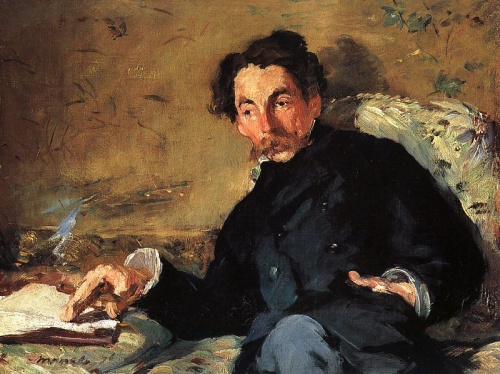Claude Debussy first heard Javanese gamelan music from a relatively small group at the 1889 Paris Exposition Universelle; he finally heard a full ensemble at the 1900 Exposition.
While he generally disapproved of the Orientalism of earlier Romantic-era composers, he found tremendous inspiration in gamelan music—not in its surface exoticism, but in the details of its structure, texture, and modality.
Exposure to Javanese gamelan music was one of the important catalysts in the flowering of Debussy’s mature style, and it left its mark on his work in a much broader and more profound way than is generally supposed.
“Javanese music obeys laws of counterpoint that make Palestrina seem like child’s play,” he wrote, “and if one listens to it without being prejudiced by one’s European ears, one will find a percussive charm that forces one to admit that our own music is not much more than a barbarous kind of noise more fit for a traveling circus.”
He also wrote of “Javanese rhapsodies, which, instead of confining themselves in a traditional form, develop according to the fantasy of countless arabesques.”
This according to Echoes from the East: The Javanese gamelan and its influence on the music of Claude Debussy, a 1988 dissertation for the University of Texas, Austin, by Kiyoshi Tamagawa (RILM Abstracts 1988-4625).
Today is Debussy’s 160th birthday! Below, “Sirènes” from his Nocturnes, a piece in which Tamagawa demonstrates extensive influence of gamelan music; this influence may be best discerned in the two-piano version presented here.
Related article: Historic Balinese gamelans




